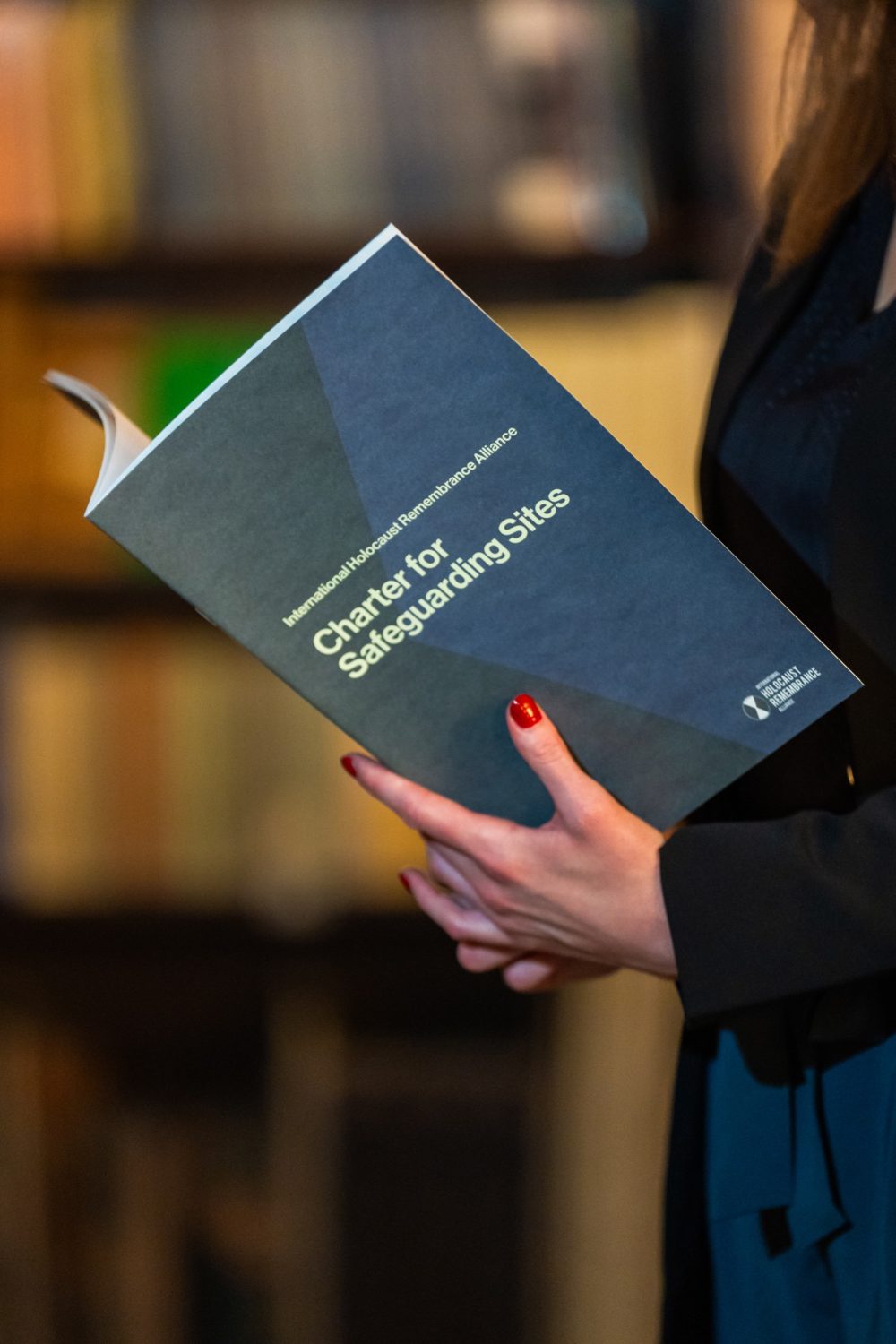Safeguarding Sites
An in-depth look at what it means to safeguard Holocaust sites and how you can take part.

An in-depth look at what it means to safeguard Holocaust sites and how you can take part.
Sites contain the stories that link us to a history we should never forget. By identifying and mitigating the risks to sites, we can ensure the facts of the Holocaust are neither destroyed nor distorted, and that the legacy of victims and survivors lives on.
Learn more about the sites IHRA experts have helped protect.



Learn about the risks facing Holocaust-related sites and what you can do to mitigate them.
Archeological work at Holocaust-related sites comes with distinctive challenges. These places are not like other heritage sites: they are landscapes of trauma, memory, and crime scenes that required exceptional sensitivity.
The IHRA Recommendations for Archaeologists and Buildings Conservation Practitioners provide practical guidance for how experts can work responsibly while safeguarding dignity and authenticity.
Find out things like:
How to get involved if you are a...
These include museums, memorials, cultural heritage organizations, and activists.
Meaningful campaigns and productive conversations that hold governments accountable are most effective when these groups work together.
Advocate for sites as places of open dialogue that help protect human rights and democratic life.
By signing up to the IHRA newsletter, you agree to our Privacy Policy